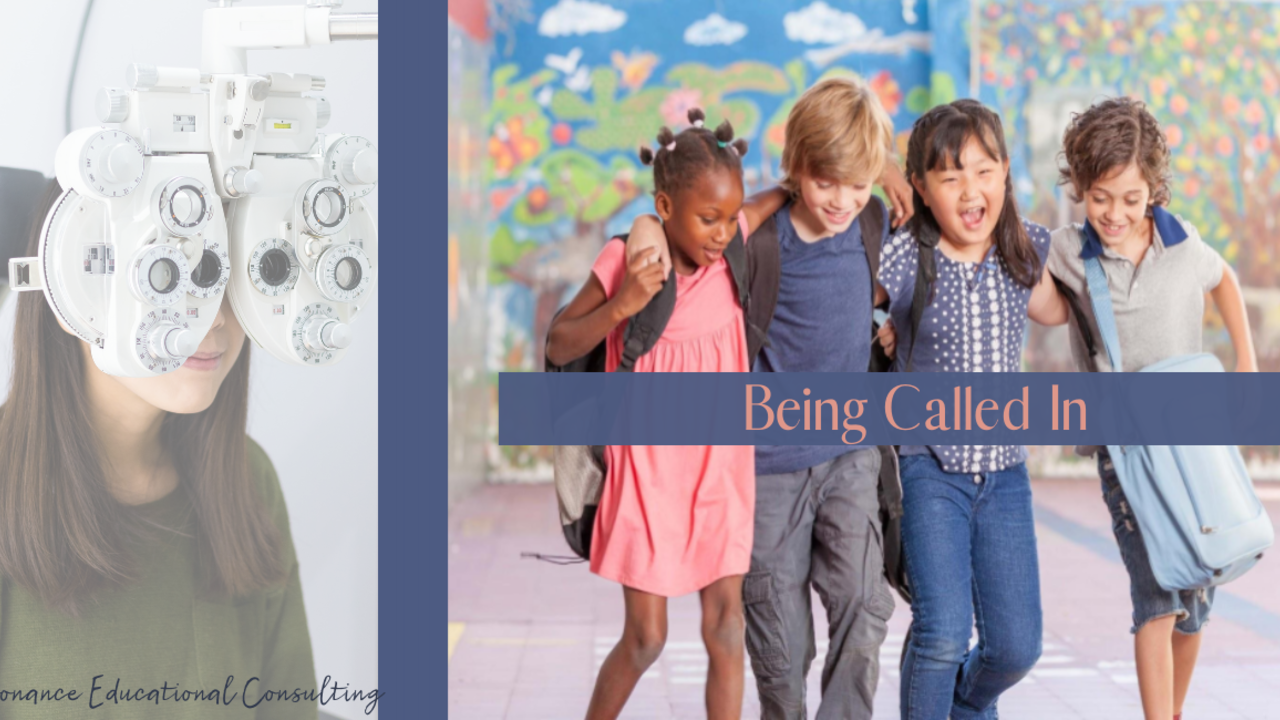002: Being Called In
Oct 27, 2020
I’ve worn glasses since the third grade. I have sat in an optometrist’s chair 37 times and been asked, “Which lens provides the best view: 1 or 2? 2 or 3?” I am amazed at how much clearer things can become, even after I thought it was pretty good to start.
I am always inspired when I find the best lens on my own. I am always humbled when I am handed the best lens by others. As a constant learner, I am always seeking to improve my knowledge, practice, and skill set around professional learning and facilitation.
For personal and professional reasons, I am invested in deepening my understanding and allyship around diversity, equity, and inclusion (DEI) and cultural proficiency in education. I have always believed that SEL was most effective when it was implemented through a DEI lens. As a result, I make a concerted effort to select images for my work that honors students' and colleagues' diversity.
In September 2019, I had the great honor and privilege to keynote a conference for 600 educators on Social Emotional Learning (SEL). I was excited to reveal my updated SEL implementation framework and had painstakingly selected images that I felt best represented each key concept's messaging.
After the keynote, three women approached me, and one privately pulled me aside. She thanked me for the content of the session and expressed appreciation for the information. Then, she explained that, as a visual learner, she carefully examines images. When she first saw the image below, as Black women, the first question that popped into their minds was, “Who styled this girls’ hair?” Then, they noticed that her knees were ashy, a detail I had not seen.
Moving Forward
- In my attempt to find an image that represented diversity, I failed to recognize the more profound cultural implications of care and the stereotypes perpetuated about hairstyles and skincare. I was mortified that I didn’t have the correct lens to look more deeply at this image. It was a blind spot for me, despite having numerous conversations with friends about hairstyles - derogatory terms for different styles and what is considered “professional” for women of color.
- I will continue to routinely examine the images I incorporate into presentations and solicit deeper insights regarding culture.
- At the same time, I am DEEPLY THANKFUL for the woman showing me the new, clearer lens. I am thankful that she gifted me with her time, providing me with this new perspective. Through my embarrassment that I didn’t see “Lens 3” on my own, I responded, “Thank you so much for letting me know. I need to do better, and I will do better.”
- I will continue to check my ego and embarrassment, embracing these moments as gifts, and pledge to listen to feedback with a clear mind and open heart.
Final Thoughts
The woman and her friends (who joined the group immediately after our conversation) thanked me for not getting defensive and hearing their concerns. In truth, I felt no defensiveness, only embarrassment that I didn’t think to examine these aspects of the image before. But they provided me a new lens to review pictures, and I continue to be grateful for the learning experience. And for their kindness in explaining it to me.
One of my guiding quotes in life is from Maya Angelou (paraphrased): When you know better, do better.
I know better now, and I will continue to do better.

